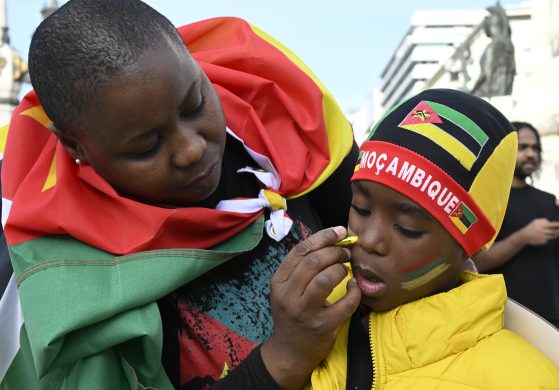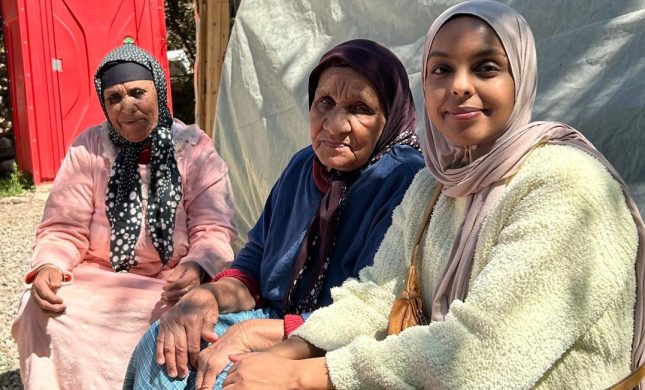UN, 7 September 2005: UNDPs new Human Development Index reveals that 18 of the worlds poorest countries, with a total population of 460 million, are doing worse on most key human development indicators than they were in 1990.
The Index of 177 countries, published Wednesday in the 2005 Human Development Report, shows that under current trends these countries have little chance of achieving the Millennium Development Goals, said Kevin Watkins, head of UNDPs Human Development Report Office.
– The Index shows in clear, cold numbers that many countries are not only failing to progress, but are actually slipping backwards, and they will continue on that downhill path unless the international community steps in to help with more resources and new policies, said Watkins adding:
– Rhe world leaders who are gathering here at the UN next week should take this data to heart, because they have the power to reverse these deeply disturbing trends.
Twelve of the 18 countries are in sub-Saharan Africa – meaning that one out of three people in sub-Saharan Africa live in a country whose HDI is lower now than it was in 1990. South Africa has fallen 35 places in the HDI ranking since 1990 and Botswana 21 – stark declines precipitated mainly by the HIV/AIDS pandemic.
The other six countries that suffered reversals since 1990 belong to the Commonwealth of Independent States (CIS) that are successors to the Soviet Union.
Since 1990, Tajikistan has fallen 21 places in the HDR rankings, Ukraine 17, and the Russian Federation 15. Declining life expectancy, combined with economic disruption after the fall of the Soviet Union, are the main factors, the Report states.
The Index also shows that some of the CIS countries report improvements in their HDI levels since 1995, after the worst of the conflict and economic dislocation that accompanied the Soviet collapse.
Globally, Norway tops the Index, while Niger is last.
The HDI data demonstrates that overall global trends are positive, with substantial overall progress registered in most developing regions of the world since the release of the first report in 1990. Bangladesh, China and Uganda have increased their ranking by about 20 percent since 1990, the 2005 Index shows.
The Report cites several human development success stories, such as Viet Nam, which has cut income poverty in half, from 60 percent in 1990 to 32 percent in 2000 and has reduced child mortality rates from 58 per 1,000 live births to 42 over the same period.
Bangladesh has shown that it is possible for even the world’s poorest countries to accelerate human development, making gains in education, income and life expectancy.
Some countries are much better than others at converting wealth into HDI progress, according to the Report – Saudi Arabia has a far higher average income than Thailand, but a similar HDI (77 and 73 respectively). Guatemala has almost double the average income of Viet Nam, but is lower on the HDI (117 vs. 108).
Finally, the Report noted that the risk of conflict could be related to a low ranking in the HDI.
For example, countries with a per capita income of 600 US dollar are half as likely to experience civil war as countries with a per capita income of 250 dollar. Some war-ravaged countries like Afghanistan, Iraq and Liberia are not included in the Index tables at all, due to the lack of reliable recent statistical information on key human development indicators.
“Violent conflict is one of the surest and fastest routes to the bottom of the HDI table,” the authors wrote, “and a strong indicator for a protracted stay there.” Of the 32 countries at the bottom of the HDI, 22 have experienced conflict at some point since 1990 and five have suffered from reversals in their HDI ranking.
Kilde: www.undp.dk















